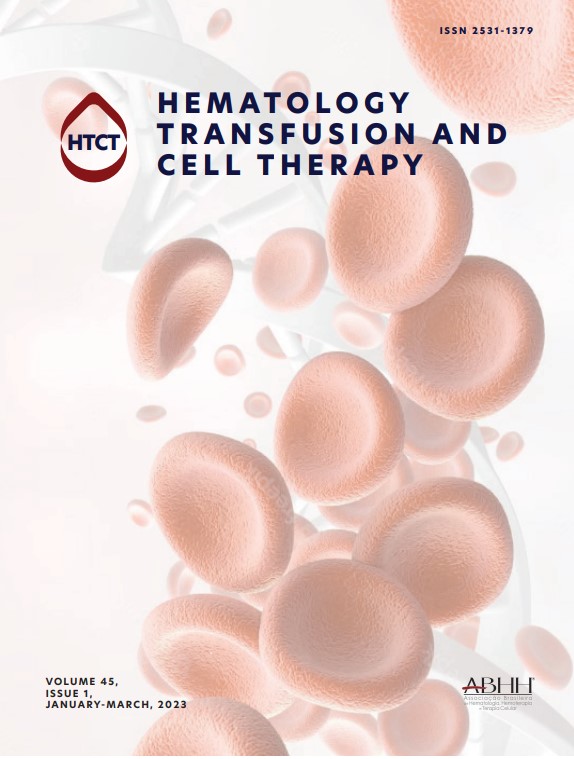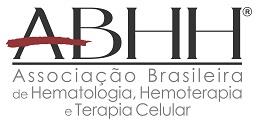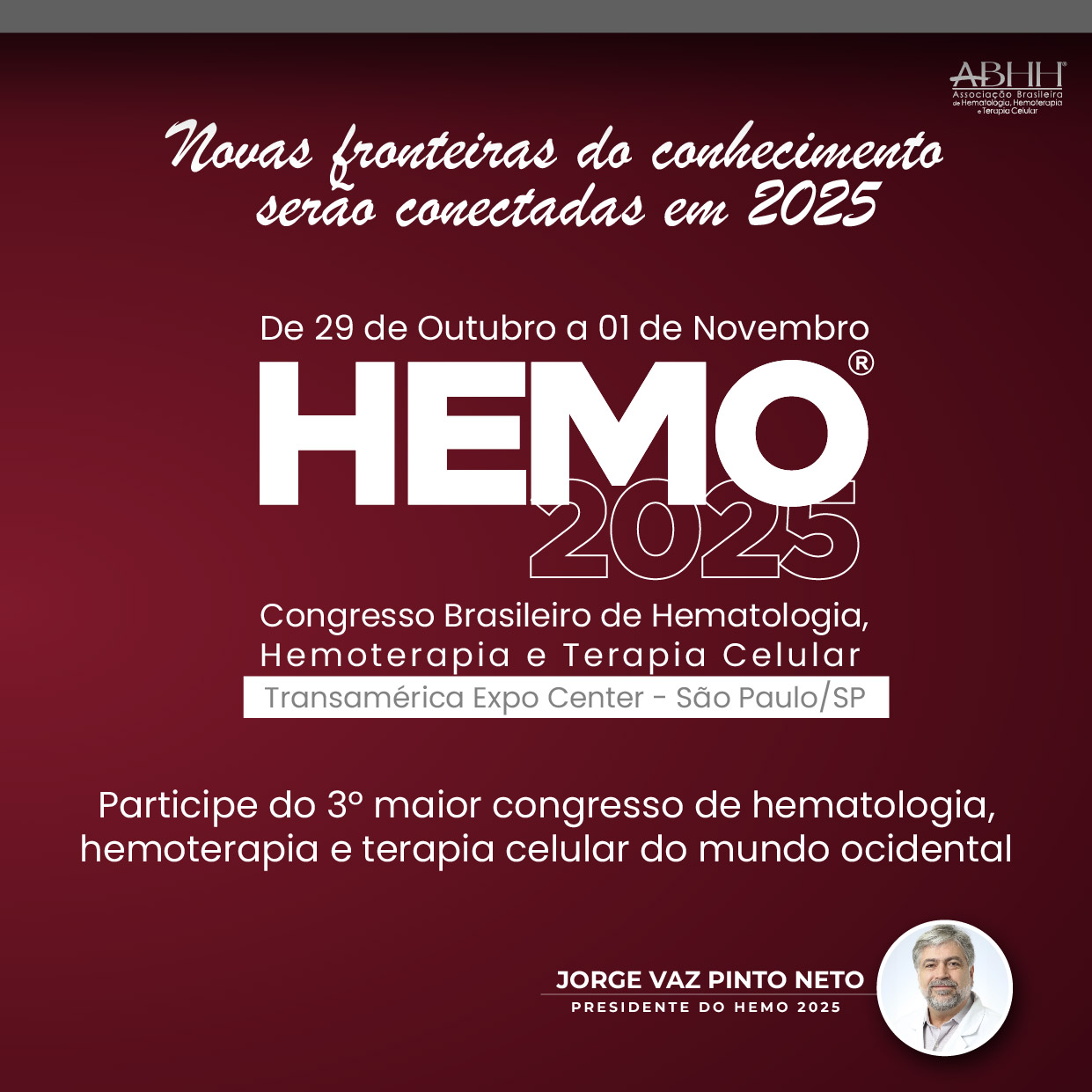Goals: Acute intermittent porphyria (AIP) is a rare genetic disease caused by an enzyme deficiency involved in heme biosynthesis. Induction of 5-aminolaevulinic acid synthase 1 (ALAS1) leads to accumulation of toxic heme intermediates, 5-aminolevulinic acid (ALA) and porphobilinogen (PBG), resulting in potentially life-threatening, neurovisceral attacks and chronic symptoms. Givosiran, an investigational RNAi therapeutic, specifically targets ALAS1 to reduce ALA and PBG levels. Here safety and clinical activity of givosiran from the Phase 1/2 open-label extension (OLE) study is reported (NCT0294983). Materials and methods: A Phase 1 study evaluated the safety, tolerability, and pharmacokinetics/pharmacodynamics of givosiran (NCT02452372). Part C of the study was conducted in AIP patients experiencing recurrent attacks and included clinical activity as an exploratory endpoint. Patients completing Part C were eligible to enroll in the Phase 1/2 OLE study. Results and discussion: As of April 19, 2019 (median time on study 24.7 months), givosiran administered at 2.5 mg/kg monthly robustly lowered ALA and PBG from baseline by >85% at 18 months in a sustained manner (median follow-up 19.8 months). Patients on givosiran had substantial mean reductions of >90% in annualized attack rate (AAR) and annualized hemin use, relative to Phase 1 Run-in. Serious adverse events (10) were reported in six patients, with one case of anaphylaxis assessed as definitely related to study drug. Adverse events occurring in more than three patients included abdominal pain, fatigue, injection site erythema, nausea, nasopharyngitis, headache, myalgia, diarrhea, injection site pruritus, and international normalized ratio increased. Seven patients had injection site reactions, all mild to moderate. No clinically significant laboratory changes were observed, including liver function tests. Conclusion: In an ongoing Phase 1/2 OLE study, givosiran has shown an acceptable safety profile and has been associated with marked and sustained reductions in both AAR and annualized hemin use. Updated data from this study will be presented.
The Impact Factor measures the average number of citations received in a particular year by papers published in the journal during the two preceding years.
© Clarivate Analytics, Journal Citation Reports 2025
SRJ is a prestige metric based on the idea that not all citations are the same. SJR uses a similar algorithm as the Google page rank; it provides a quantitative and qualitative measure of the journal's impact.
See moreSNIP measures contextual citation impact by wighting citations based on the total number of citations in a subject field.
See more





